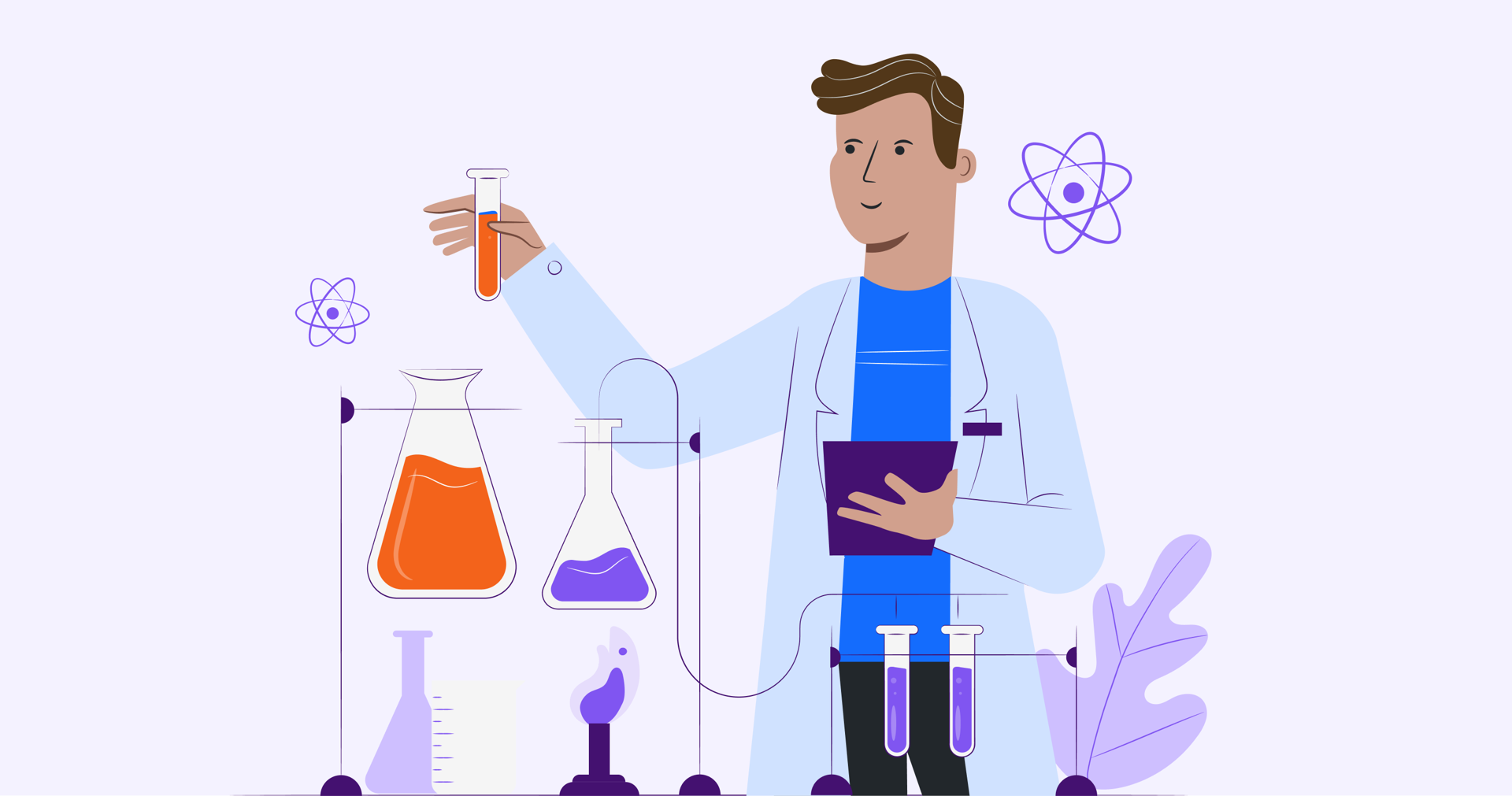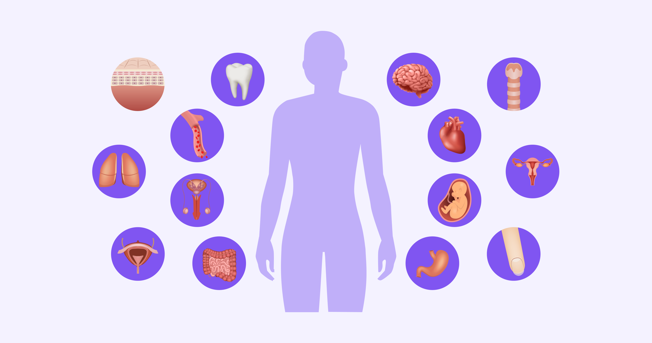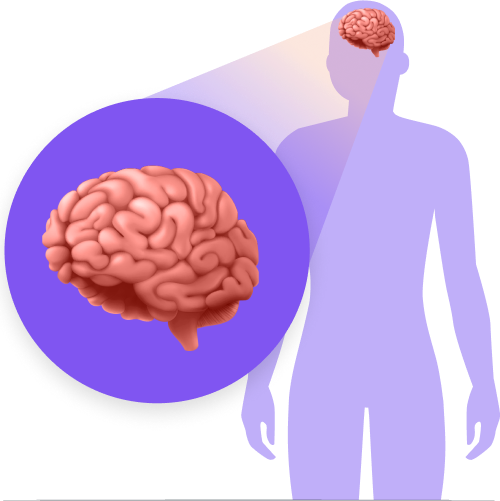- Home
- Topics
- Smoking and your health
- Chemicals in tobacco products
Chemicals in tobacco products
There are more than 7000 chemicals in tobacco smoke, and 69 of these chemicals are known to cause cancer. Some chemicals are naturally occurring in the tobacco plant, such as nicotine. Others are added by tobacco companies, including ammonia, which increases the addictiveness of tobacco products.

| Chemical name | What else is it used for? |
|---|---|
| Hydrogen cyanide | An agent used in chemical warfare |
| Acetone | An ingredient in nail polish remover |
| Carbon monoxide | A chemical found in car exhaust fumes |
| Dichlorodiphenyltrichloroethane (DDT) | A toxic pesticide |
| Ammonia | A chemical cleaner used to remove grime |
| Toluene | A solvent used in paint thinner and fuel |
| Polonium 210 | A radioactive agent used in machinery |
| Methanol | An automotive fuel |
| Benzene | Found in gasoline, crude oil and exhaust fumes |
| Heavy metals | Agents found in poisons (arsenic), paints (chromium), batteries (cadmium), nuclear reactors (beryllium) and stainless steel (nickel) |
| Vinyl chloride | An agent used to make PVC plastics |
| Ethylene oxide | An agent used in antifreeze and polyester |
| Polonium-210 | One of the deadliest compounds on earth, this is a highly radioactive element |
When used appropriately, you’re unlikely to become dependent on NRT. Few people who use these products use them longer than needed.
Nicotine
Nicotine is a highly addictive chemical. When nicotine enters the body in tobacco smoke, it can cause blood vessels to tighten. This reduced blood flow restricts the amount of oxygen and nutrients flowing around the body. Blood pressure increases, causing the heart to be stressed, as it need to work harder.
Adolescents are particularly vulnerable to the effects of nicotine. The nicotine in tobacco smoke can trigger long-term changes in the brain function of young people, and lead to the permanent risk of nicotine addiction.
Tar
Burning tobacco causes the build-up of toxic chemical particles in the lungs and throat. Known as tar, this sticky, brown substance leads to the yellow discoloration of teeth and fingers.
Tar affects the lungs by narrowing the small tubes that absorb oxygen and damaging the small hairs that protect against infection.
Vaping
Just like tobacco, vapes contain harmful chemicals. Many e-cigarettes contain nicotine. In fact, vapes labelled ‘nicotine-free’ can have high nicotine levels, and can be extremely addictive.
Along with nicotine, e-cigarettes can also include the same harmful chemicals found in cleaning products, nail polish remover, weed killer and bug spray.
Toxic and cancer-causing chemicals are also found in shisha, hookah, waterpipes, cigars, pipes, and hand-rolled cigarettes or ‘rollies’. You can dramatically reduce many risks to your health by quitting. The moment you quit smoking, your body starts to remove these toxic chemicals from your system.
Remember: it’s never too late to quit.

Explore our interactive feature to see what happens to your body when you smoke.
